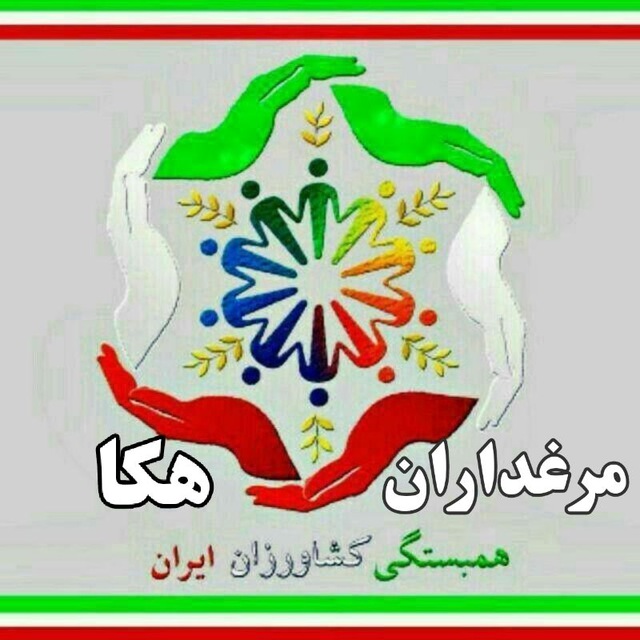A brief analysis on the price of wheat
If you pay close attention, the future of agriculture of the world (Kaj Press) on Sunday, October 27, 2019 published three news in a row that were related to me, and without wanting to give a direct message or slogan, it was based on the fact that for a moment, the government, especially the organization He should take the cotton program and budget out of his ear for a moment and realize that the price he has announced for each kilo of wheat is 4 thousand tomans, which is detrimental to national interests.
In the first news, the comment of Ahmad Hosseini Falahi, a member of the parliament, who says: setting a rate of 4,000 tomans for the guaranteed purchase of wheat provides the basis for imports. The pressure of meat producers in this country has decreased, and the third news is the announcement of an increase of 7 dollars in the price of each bushel of wheat and the price of 100 bushels reaching 625 dollars.
In fact, the main audience of these three news is the government policy makers regarding the price of wheat, who should be more cautious about changing the rate of 4 thousand tomans for each kilogram of wheat. If we convert each 100 bushels of wheat, each unit of which is 27 kilos and 217 grams, into tons, in simple terms, the price of each ton of wheat in the world market is 299.65 dollars, and of course, this price does not include shipping costs, waste, etc. It is from loss or change in quality due to the passage of ships carrying wheat through hot and cold regions.
Now, if we multiply the net price, i.e. about 300 dollars per ton, by 30 thousand tomans, the approximate daily price of the dollar, the price of each kilo of wheat will be about 9300 tomans, and this figure is more than twice the price announced by the program organization for the guaranteed purchase of each kilo of wheat. has done.
The simple economic interpretation of this significant price difference means that when domestic wheat is priced at 4,000 tomans and is faced with the high cost of fertilizers and pesticides, farmers cannot plant wheat and the government must import wheat to provide the people’s livelihood. National resources should pay between 8500 and 9300 Tomans for each kilo in the best conditions.
The increase in the price of wheat is not proportional to the increase in the price of agricultural institutions
Every kind of increase in cost leads to a decrease in the efficiency of the farm and by weakening the financial position of the farmer, the management of the farm will not be done correctly.
Consequences:
Distance from self-sufficiency in wheat production sector
Dependence on the import and export of currency from the country
Lack of economic justification of agriculture increases the process of migration of small owners living in the village to the outskirts of big cities and creates special problems
Returning to the situation of population density in certain cities
The price of wheat used by livestock farmers is now 6000 tomans per kilo, and the farmer prefers to use the produced wheat for animal feed rather than selling it to the government.
The competition between the rancher and the government for the purchase of wheat is the farmer, and of course, the winner of this auction is the rancher who pays the higher price.
The outlook of agriculture is very dark due to confrontational policies with the farmer
Its deadly consequences for the country’s economy will show over time
Iraj Khosravi
